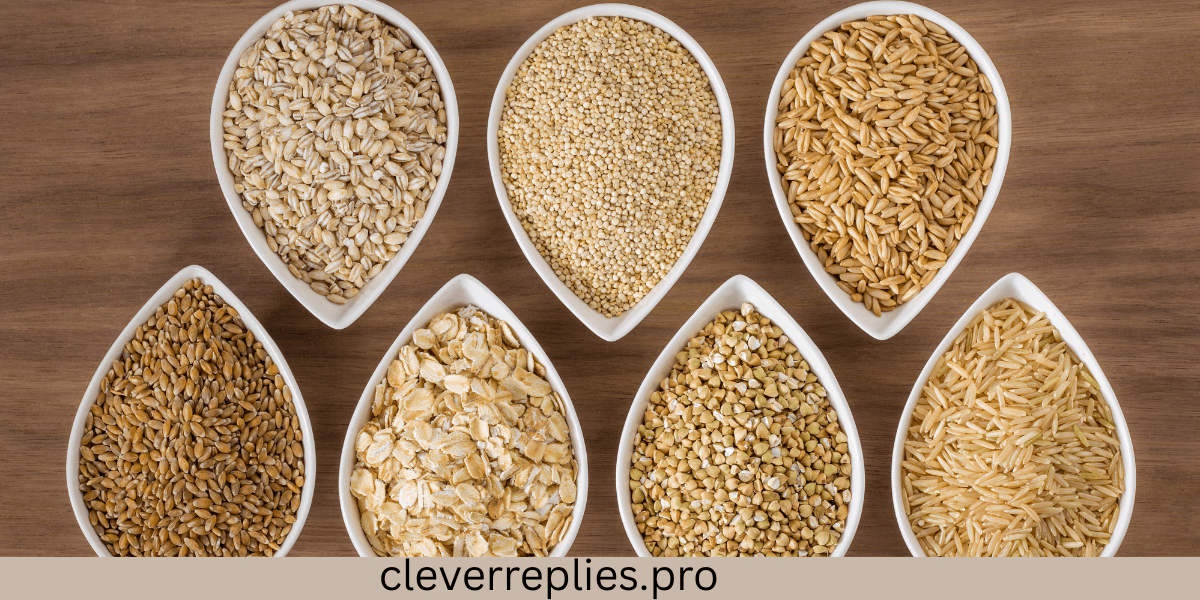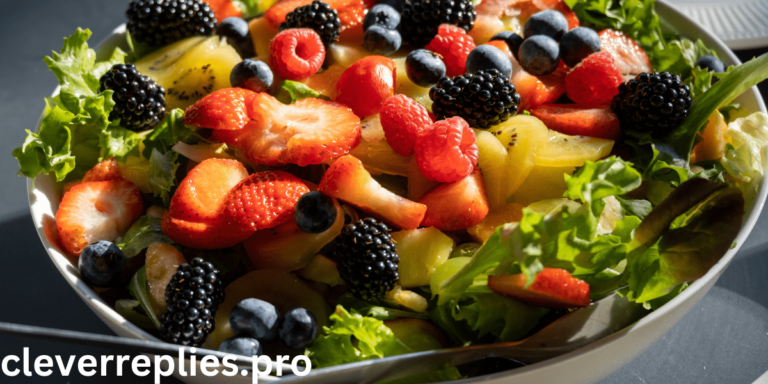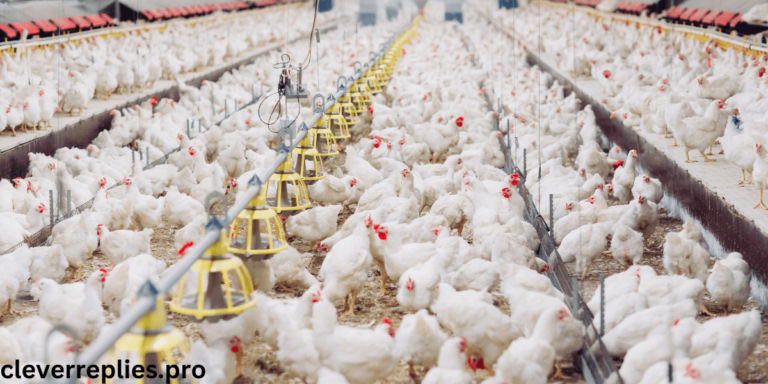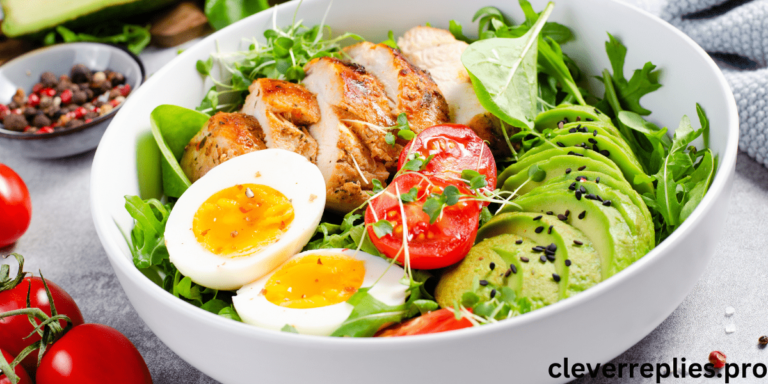How to Cook with Ancient Grains for Healthy Meals
Introduction
Ancient grains are more than just a trendy food buzzword; they’re a celebration of nutrition and history. These little powerhouses have been cultivated for thousands of years, enriching diets across the globe long before modern agriculture took over. With their unique textures and flavors, ancient grains not only add variety to your meals but also pack a punch when it comes to health benefits.
From boosting heart health to providing essential nutrients, these grains deserve a prominent spot on your plate. Whether you’re seeking gluten-free options or simply want to elevate your cooking game, exploring ancient grains is an exciting culinary journey waiting to unfold. Let’s dive into how you can incorporate these wholesome ingredients into your diet for deliciously healthy meals!
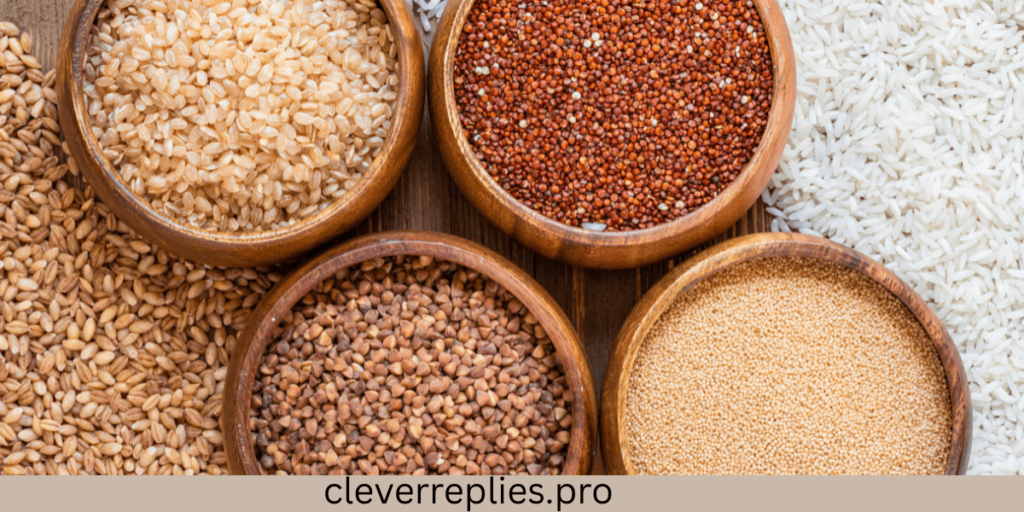
Choosing the Right Ancient Grains for Your Diet
When it comes to choosing ancient grains, variety is key. Each grain offers unique flavors and textures that can elevate your meals. Quinoa, for instance, is versatile and packed with protein. It works well in salads or as a side dish.
Farro brings a nutty taste with a chewy texture, perfect for hearty grain bowls. If you’re looking for something gluten-free, consider millet or amaranth. Both are nutritious options loaded with vitamins.
Don’t overlook spelt; this wheat alternative has a rich flavor that pairs beautifully with roasted vegetables. Think about how each grain fits into your dietary needs and preferences.
Experimenting can lead to delightful discoveries in the kitchen. Start by incorporating one new grain at a time into familiar recipes to see what you enjoy most. Enjoy the journey of exploring these nutritious treasures!
Tips for Cooking with Ancient Grains
Cooking with ancient grains can be both exciting and rewarding. Start by rinsing your grains thoroughly to remove any dust or impurities. This simple step enhances their flavor.
Experiment with soaking them overnight. This reduces cooking time significantly, making preparation quicker for busy days.
Use a ratio of three parts water to one part grain for perfect texture. For added depth, consider using broth instead of water—your dishes will thank you!
Don’t shy away from flavoring the cooking liquid with herbs or spices. A bay leaf or garlic clove can elevate the taste profile tremendously.
Keep an eye on doneness as each type varies in cooking times. Quinoa cooks faster than farro, so adjust accordingly.
Let cooked grains rest for a few minutes after draining before serving. This allows them to fluff up beautifully and absorb any remaining moisture!
Delicious Ancient Grain Recipes to Try
Ancient grains offer a world of culinary possibilities. Start with quinoa salad, mixing cooked quinoa with cherry tomatoes, cucumber, and a zesty lemon dressing. It’s refreshing and packed with nutrients.
For something heartier, consider farro risotto. Cook farro slowly in vegetable broth until creamy, then stir in sautéed mushrooms and spinach for an earthy flavor.
Buckwheat pancakes make for a delightful breakfast option. Top them with fresh berries and maple syrup for sweetness that balances the nutty taste of buckwheat.
Don’t forget about millet bowls! Combine cooked millet with roasted vegetables and tahini sauce for a filling meal that’s both satisfying and healthy.
Try these recipes to discover how versatile ancient grains can be while elevating your everyday meals to new heights. Each dish brings unique flavors together while nourishing your body beautifully.
Incorporating Ancient Grains into Your Everyday Meals
Incorporating ancient grains into your meals can be both simple and rewarding. Start by swapping out white rice or pasta for quinoa, farro, or millet. This small change adds a delightful texture and boosts nutrition.
Breakfast is another great opportunity to include these grains. Try oatmeal made with spelt or amaranth for a hearty start to your day. Top it with fruits and nuts for added flavor.
For lunch, consider grain salads packed with vegetables, herbs, and a zesty dressing. Barley works wonderfully in this context, providing chewiness that balances well with fresh ingredients.
Even dinner can benefit from ancient grains—use them as the base of casseroles or stir-fries. The versatility allows you to experiment while ensuring each meal is nutrient-rich.
Snacks are not left behind either; popcorn made from heirloom corn varieties offers a tasty twist on traditional munchies.
The Sustainability Aspect of Using Ancient Grains
Ancient grains are not only a nutritious choice; they also play a vital role in promoting sustainability. Many of these grains, like quinoa and farro, require fewer resources to grow compared to modern crops. Their hardiness allows them to thrive in diverse climates with minimal pesticide use.
Additionally, ancient grains often contribute to biodiversity in agriculture. By planting various grain types, farmers can cultivate resilient ecosystems that support soil health and prevent erosion. This diversity helps combat the challenges posed by climate change.
Moreover, many ancient grains are traditionally grown using organic methods. Supporting these farming practices fosters sustainable agricultural systems that prioritize environmental well-being over industrial processes.
By incorporating ancient grains into your diet, you’re participating in a movement towards more responsible food choices—one that respects both our planet and future generations. Embracing these age-old staples is an easy way to make a positive impact while enjoying wholesome meals.
Conclusion:
Embracing ancient grains in your diet opens up a world of culinary possibilities. These nutrient-dense foods not only enhance the flavor and texture of meals but also offer numerous health benefits. By incorporating them into your recipes, you’re choosing a path toward better nutrition.
Ancient grains provide essential vitamins, minerals, and fiber that support overall well-being. They are versatile ingredients that can be easily adapted to various cuisines and dishes. From salads to soups, their unique flavors complement a wide range of ingredients.
Making the switch to ancient grains is not just good for you; it’s also beneficial for the environment. Many ancient grain varieties require less water and fewer resources than modern crops, promoting sustainable farming practices.
As you explore this nutritious category of food, remember that cooking with ancient grains doesn’t have to feel daunting. With simple techniques and some delicious recipes at your fingertips, you’ll find these wholesome ingredients becoming staples in your kitchen.
Start experimenting today! Your body—and taste buds—will thank you as you dive deeper into the wonderful world of ancient grains.

